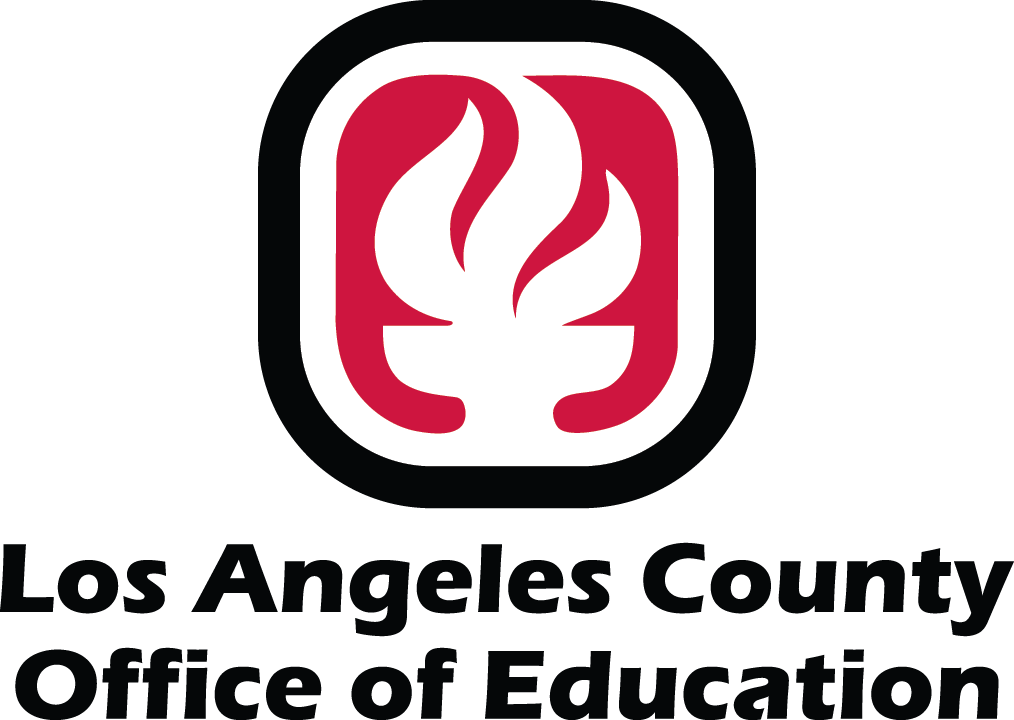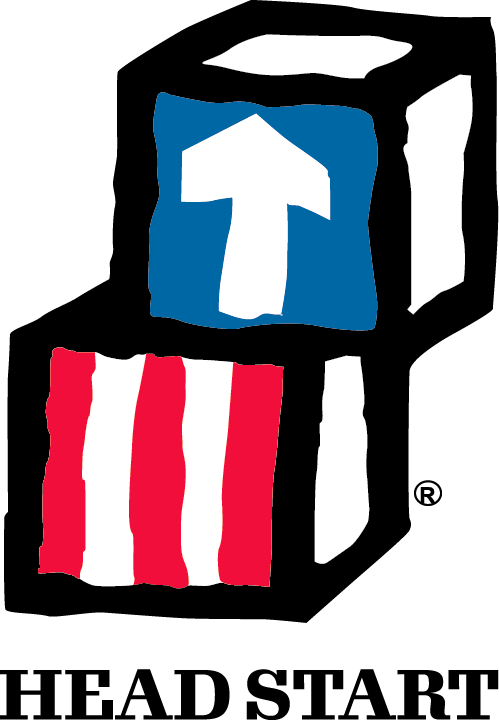Recently we’ve seen a lot of disasters, both natural—such as wildfires and mudslides —and man-made—such as school shootings.
While we all hope the children we serve will never experience disaster, it is vital that we are prepared to protect and support them. Fear is a normal, natural human response to disasters and chaotic times, but in our preparation, we must remain level-headed and vigilant.
In a recent Exchange article, “Child Care in Disasters: Why It’s Best to Prepare for the Worst,” the author noted, “Not only do children need to return to care to help them get back to a familiar routine with caring peers and adults, but a community’s resilience is dependent on child care as parents cannot return to work without it.”
The author shared tips to help providers plan and prepare for both natural and man-made disasters:
- Make a written plan
- Maintain current health and safety information for children and staff
- Develop and implement family communication and reunification plans and backup plans
- Identify emergency team and procedures for evacuation, sheltering, and lockdown
- Assemble emergency equipment and supplies
- Practice your plan
- Include children and adults with all levels of abilities in your plans
- Protect program information and assets
It is also vital that all programs emphasize staff wellness, include safety training plans and regular site security assessments to build comfort and familiarity with practices, as well as consistent, intentional efforts to safeguard mental and emotional health for all staff.
In addition, as we continue to hear about frequent incidents of violence at schools across the country, remember, IF YOU SEE SOMETHING that seems out of the ordinary, SAY SOMETHING:
What Parents Can Do
- Drop off and pick up children according to the regular school schedule
- Alert school staff or administrators of any suspicious activity
- Sign in and out when visiting school sites
- Update emergency card
- Inform site staff of the adult who will be picking up your child when you are unable to do so (make sure that person is listed on the emergency card)
- Make a safety plan for walking to and from school
- Practice safety procedures and talk to your child about adults who can help them stay safe (teachers, site staff, police officers)
What Site Staff Can Do
- Follow administrative regulations and board policies regarding safety
- Follow written protocols for before, during, and after-school supervision (transition)
- Implement sign-in/sign-out procedures
- Verify emergency contact and pick up information with parents/care providers
- Create a written schedule for opening and locking gates
- Require all guests, including parents, LACOE staff, and volunteers, to sign in at the front office and wear name tags while at the school site
- Alert police of suspicious activity
- Conduct an assessment of all school sites and advise how the building and grounds can be optimized for safety
- Educate staff, children, and families on child-appropriate safety and prevention strategies
- Increase collaboration with law enforcement and neighborhood organizations focused on safety
- Provide counseling and facilitate community meetings on safety issues and concerns
These suggestions will not only help our schools and communities prepare for both natural and man-made disasters, but also help us meet the requirements in Head Start Program Performance Standard 1302.47(b)(8).


